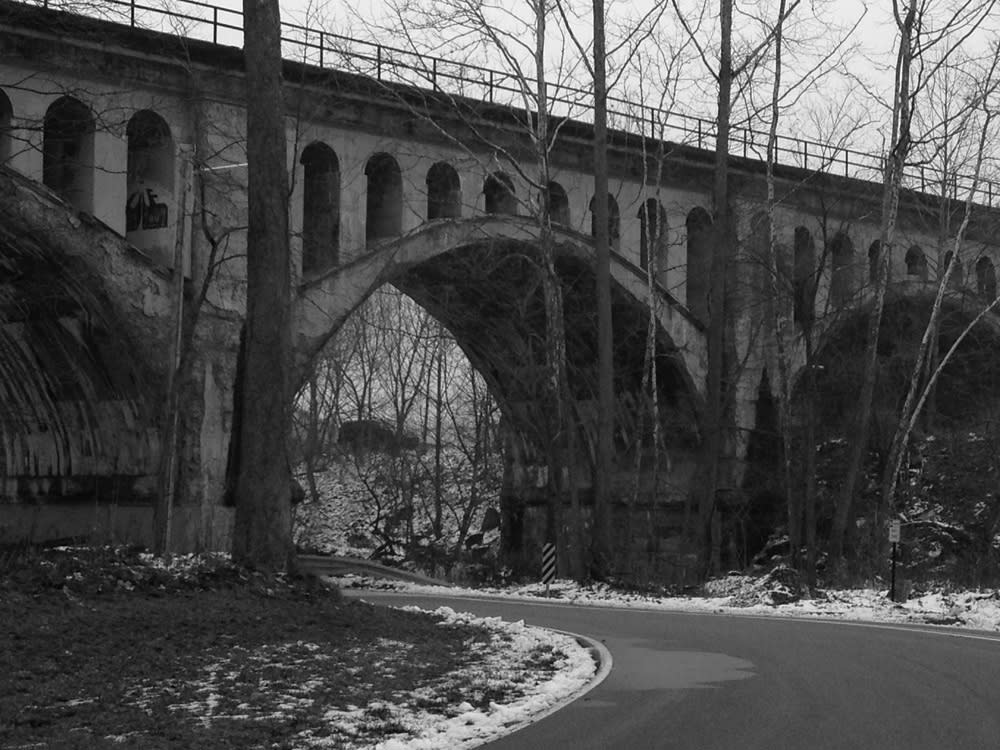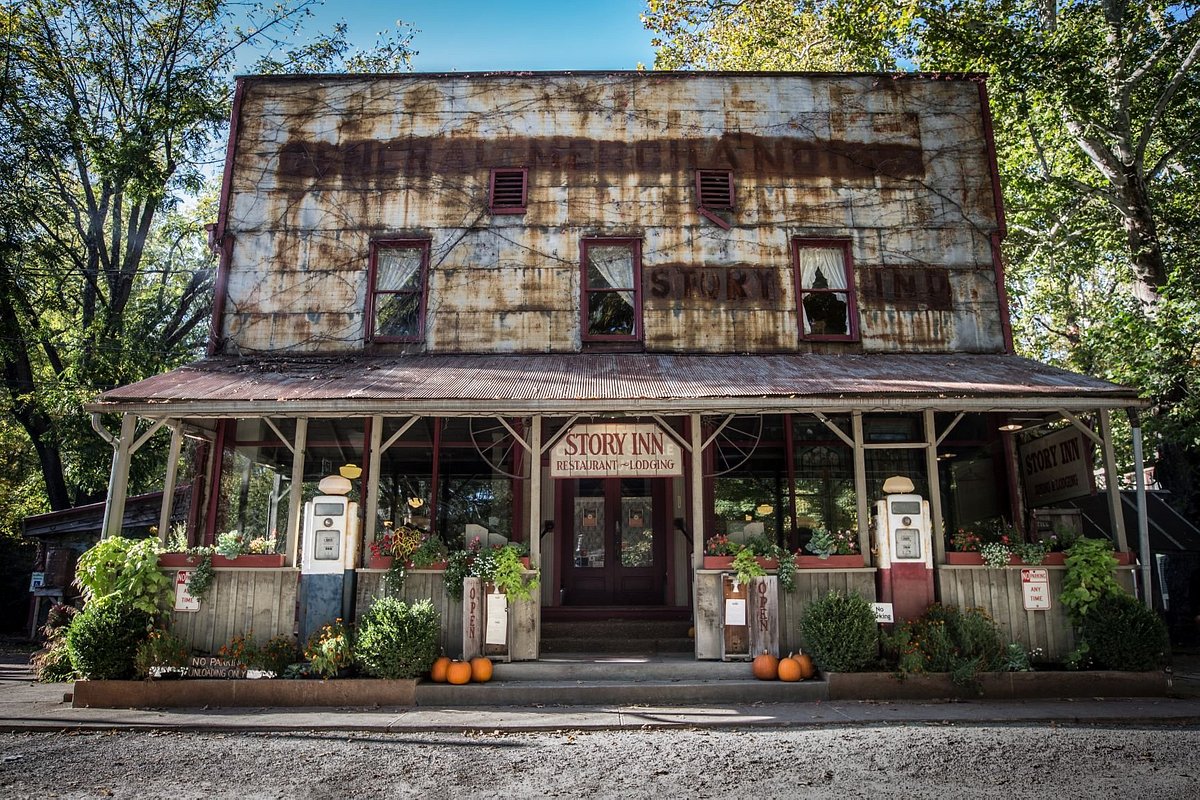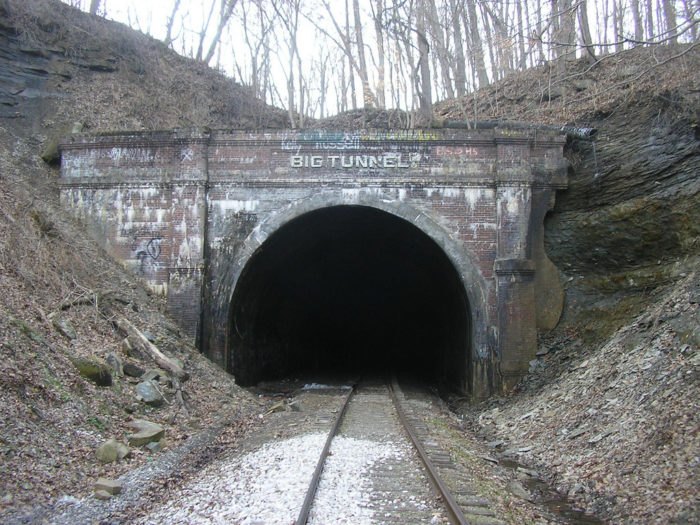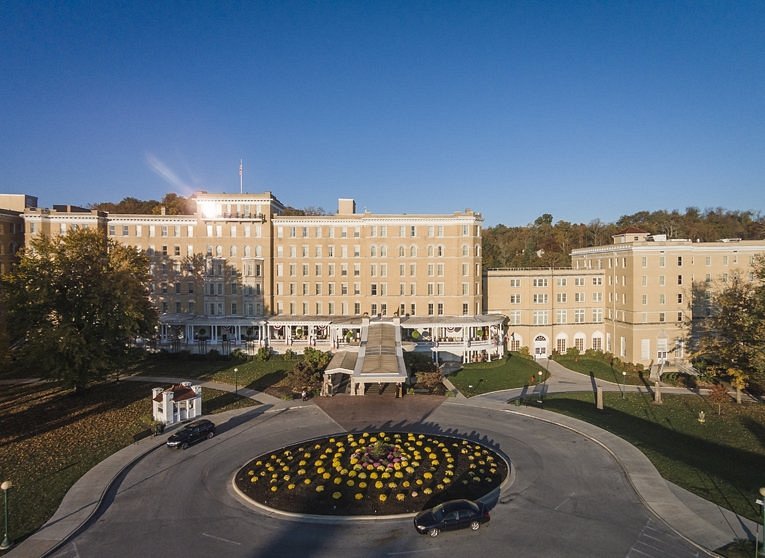Said to be one of the most haunted bridges in all of America, the Avon Haunted Bridge has captivated thrill seekers and paranormal investigators from all over the country.
Nestled in the quaint town of Avon, Indiana, this century-old railroad overpass has not just ferried thousands of trains over the White Lick Creek but also tales of the haunting that has been passed down for generations. This bridge has become a piece of local legend, with people flocking to the area for a glimpse of the supernatural.
In this article, we look into the haunted history of the Avon Bridge and explore some of the paranormal activities reported by locals and tourists visiting the spot. Let’s take a closer look at this fascinating bridge, where every creak and echo tells a haunted story.
History of Avon Haunted Bridge
The history of Avon Bridge dates back to 1906 when it was built as part of the Big Four Railroad—Cleveland, Cincinnati, Chicago and St. Louis Railway—during the great expansion of the country’s railway network.Back then, railway was a dominant form of transportation as automobile was not yet a popular form of transport.
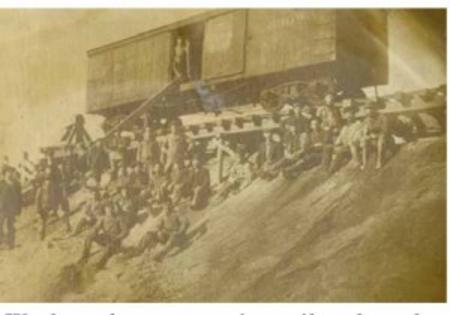
The 305-foot long Avon Bridge was designed by engineer W.M. Dunne and had used spandrel arches throughout its length. The bridge cost approximately $70,000 to construct, today’s equivalent of In 1908, the bridge doubled its track to serve the growing demand.
The seed of all hauntings at Avon Haunted Bridge took place during its construction. According to local legend, an Irish worker was drunk after a night of drinking and had accidentally fell into a vat of wet cement on his way back to the site. As it was late into the night, no one could hear his cries for help.
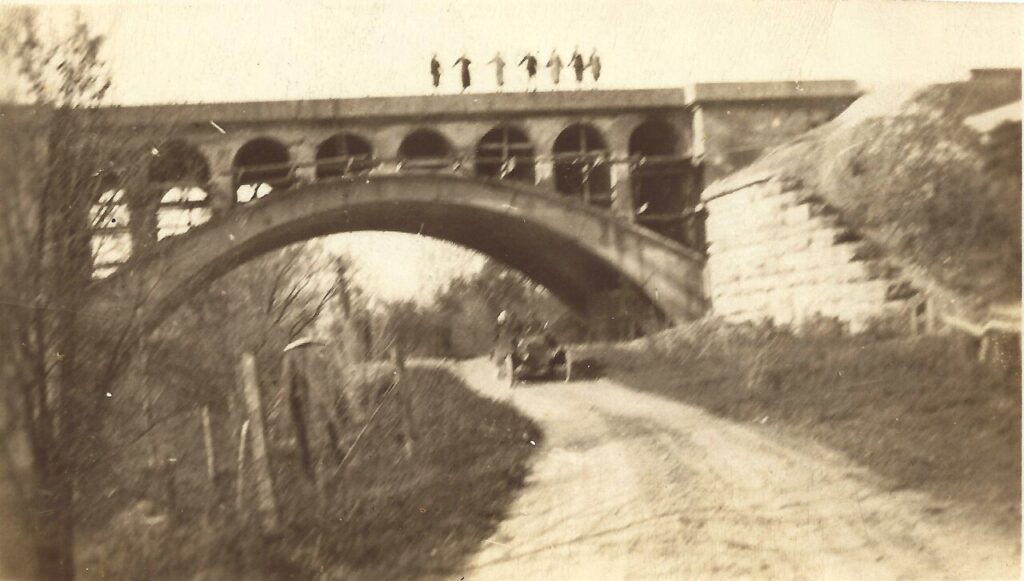
His body was discovered in the early morning of the next day. However, the cement had solidified by then and his body was not able to be recovered.
In order to complete Avon Bridge in time and to avoid the cost of removing the body, the decision was made to leave him entombed within the bridge’s massive structure. However, this decision proved to be a mistake, as the unfortunate event gave rise to the ghostly occurrences that have been reported ever since the bridge was put into use.
Today, the bridge is still being used by the CSX Railroad, and frequented by local residents and ghost hunters looking for something out of this world.
Reported Hauntings at the Bridge
The most popular hauntings at the bridge is none other than the appearance of a ghostly figure said to be the worker who was buried within the bridge. It is also said that the faint voice of a male can be heard every time a train crosses the bridge.
Another paranormal activity widely reported by visitors is the haunting sounds of a woman crying or a baby’s wail. Some believe that it was the spirit of a mother and her infant who accidentally fell off the track while crossing the bridge. Other claimed that she had survived the fall but not her baby, and she returned days later to commit suicide to ‘reunite’ with her child.
J.W. Bunk Atherton, one of our most well known citizens, passed the bridge just after dark on election night and he declares he saw some “spirits” hovering around the east end of the structure.
Nov 13, 1908 Edition of Friday Caller, a newspaper in Plainfield
Today, locals say that if you were to drive under the bridge, you have to honk repeatedly to muffle the sounds of the worker and the mother. If you were the hear the inexplicable cries while crossing the bridge, the sound would linger in your mind till you cross the bridge again.
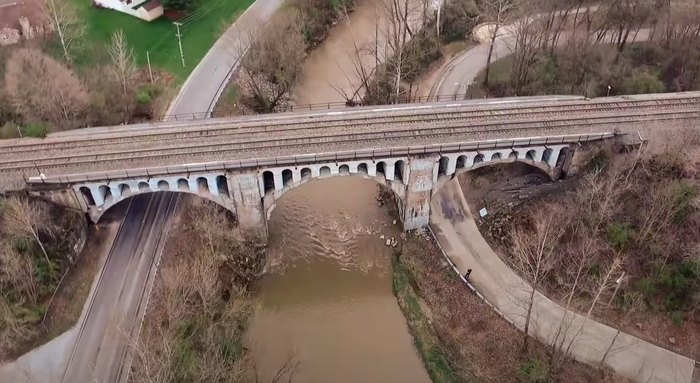
Directions to the Bridge
The address of Avon bridge is Avon, IN 46123.
To get to the bridge by foot, you can walk along a backroad in Washington Township Park.
If you are coming in by car, Avon bridge can be found just off County Road 625 East or Whipple Lane. To get to the bridge from Avon city centre, travel westbound along U.S. Route 36 for approximately 1 mile before turning left into County Road 625 East. The bridge is just 0.3 miles, or a one minute drive away from the junction.
If you are visiting the bridge from County Road, there is a flight of stairs that leads to the arch of the bridge. However, the gate into the arch is closed to the public.

